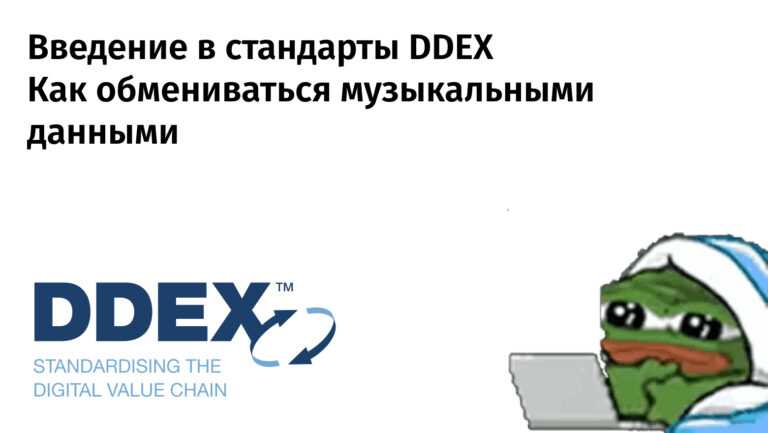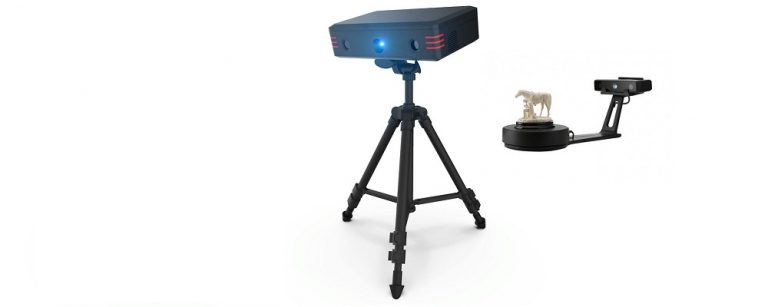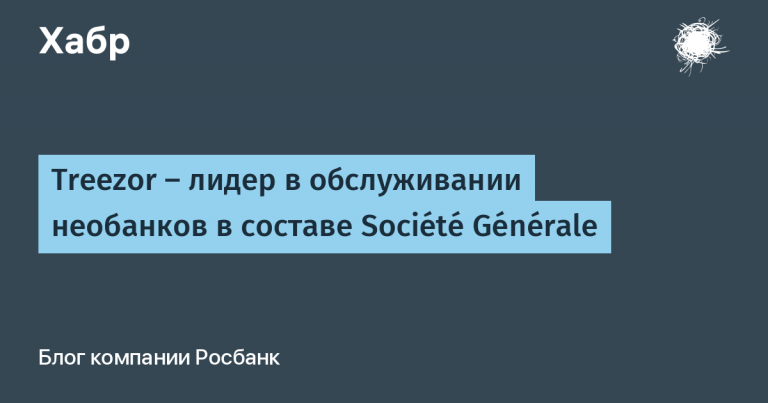Webb telescope deepens biggest controversy in cosmology
A long-awaited study of the rate of cosmic expansion suggests that cosmologists are still missing something when it comes to the Hubble tension.

Almost a century ago, Edwin Hubble discovered that the universe was getting bigger. But modern measurements of its expansion rate disagree, suggesting that our understanding of the laws of physics may be wrong. The sharp vision of the James Webb Space Telescope was widely expected to help answer that question. But a long-awaited analysis of the telescope’s observations, published in August 2024, yielded only new conflicting conclusions about the expansion rate based on different types of data, while hinting at possible sources of error underlying the conflict.
Two competing teams are leading the effort to measure the rate of cosmic expansion, known as the Hubble constant, or H0. One of them, led by Adam Riess (opens new tab) of Johns Hopkins University, periodically measures H0yielding a value that is about 8% higher than the theoretical prediction of how fast the cosmos should be expanding — based on the known ingredients of the universe and the physics equations that govern it. This discrepancy, known as the Hubble tension, suggests that there is something missing from the theoretical model of the cosmos — some extra ingredient or effect that is accelerating cosmic expansion. That ingredient could be the key to a more complete understanding of the universe.
This spring, Riess and his team published results of the last measurement H0 based on Webb data, obtaining a value consistent with their previous estimates.
But for years, a rival team led by Wendy Friedman of the University of Chicago has urged caution, arguing that more precise measurements are needed. Measurements of H0her team's measurements were consistently closer to the theoretical prediction than Riess's measurements, suggesting that the Hubble intensity may be a sham.
Since Webb began taking data in 2022, the astrophysics community has been waiting for Friedman's multi-pronged analysis, using the telescope's observations of three types of stars. Now the results are in: two types of stars yield H0which match the theoretical prediction, and the third – the same type of stars that Riess uses – corresponds to a higher value of H0proposed by his team.
That the three methods disagree “doesn't tell us anything about fundamental physics,” Friedman said. “It suggests that there is a systematic error in one or more of the distance-determining methods.”
Results Friedman's work has been submitted to The Astrophysical Journal but has not yet undergone formal peer review, in which outside researchers anonymously check the data and analysis. Saul Perlmutter, a Nobel Prize-winning cosmologist at the University of California, Berkeley, who was shown a preprint of the team's work before it was published, told Quanta that the results suggest that “our Hubble tension can only exist within star-based measurements. This is the tension that we should really be trying to resolve, rather than inventing new ones [космологические] models.”
Riess, who reviewed the preprint, told Quanta that he was concerned about the small set of supernovae that Friedman’s team used in one stage of their analysis, which he said could skew the results. “The new measurements are beautiful and in fact are in excellent agreement with the same measurements made… a few years ago by our group, so the distance measurements seem to be under control,” he said. “However, I worry that this study of such a small sample of supernovae gives a somewhat distorted view of the value of the Hubble constant.”
The results came after months of behind-the-scenes drama, in which Freedman initially thought her analysis had destroyed Hubble's intensity, only to see it come alive again. “It was really… not boring, I would say,” she says.
Things are going well. According to Perlmutter, “the Hubble constant has this long and proud tradition of being an impossible problem for decades.”
The Contradictory Universe
The most difficult part of measuring cosmic expansion is measuring distances to objects in space. American astronomer Henrietta Leavitt was the first discovered way to do this in 1912 was with pulsating stars called Cepheids. These stars flicker at a frequency that is related to their intrinsic luminosity (and therefore can be calculated from one). Once you know the intrinsic brightness of a Cepheid, you can compare it to its apparent brightness to estimate how far away its galaxy is.
Edwin Hubble used Leavitt's method to measure the distances to several Cepheid galaxies, and in 1929 he discovered that the galaxies farther away from us were moving away faster. This meant that the universe was expanding. Hubble determined the expansion rate to be 500 kilometers per second per megaparsec (km/s/Mpc), meaning that two galaxies separated by 1 Mpc, or about 3.2 million light years, were moving away at 500 km/s.
This turned out to be terribly far from the truth.

H measurements0 improved as astronomers were able to better calibrate the relationship between the Cepheids' pulsation rate and their luminosity. However, the approach had fundamental limitations, because the Cepheids' brightness has limits. To measure the distance to distant galaxies throughout the vast universe, scientists needed a new approach.
In the 1970s, researchers began using Cepheids to calibrate distances to bright supernovae, allowing more accurate measurements of H0Then, as now, two research groups using Cepheid-linked supernovae arrived at divergent values of 50 km/s/Mpc and 100 km/s/Mpc. “There was no consensus; the views were completely polar,” says George Efstathiou, an astrophysicist at the University of Cambridge.
The launch of the Hubble Space Telescope in 1990 gave astronomers a clear new view of the universe. Friedman led a multi-year campaign of observations with Hubble, and in 2001 she and her colleagues announced about the expansion velocity value of 72 km/s/Mpc, estimating the error to be no more than 10%.
Riess, who shared the Nobel Prize for discovering dark energy, entered the cosmic expansion game a few years later. In 2011, his team published a value for H0equal to 73, with an error of 3%.
Soon after, cosmologists pioneered a different approach. In 2013, they used Planck observations of light left over from the early universe to determine the detailed shape and composition of the primordial cosmos. They then plugged these components into Einstein’s general theory of relativity and ran the theoretical model forward nearly 14 billion years to predict the current state of the universe. According to this extrapolationsspace is currently expanding at a rate of 67.4 km/s/Mpc, with an error of less than 1%.
Riess’s team’s measurement, even with the increased precision, remained at 73. This higher value means that galaxies are now flying apart faster than theory predicts. Hubble’s tension was born. “If this is a real feature of the universe, it tells us that we are missing something in the cosmological model,” Riess says.
This missing something would be the first new component of the cosmos discovered since dark energy emerged. Theorists have speculated about its nature: Could it be an extra form of repulsive energy that existed briefly in the early universe? Or could it be primordial magnetic fields that emerged during the Big Bang?
Or maybe it’s not the Universe that’s missing something, but us.
Methods of observation
Some cosmologists, including Friedman, suspect that unrecognized errors are to blame for the discrepancy.
The most common argument in this field is that Cepheid stars live in the disks of younger galaxies, in regions crowded with stars, dust and gas. “Even with the fine resolution [Хаббла] “You won't see a single Cepheid,” says Efstathiou, “you'll see it superimposed on other stars.” Such a cluster complicates brightness measurements.
When the house-sized Webb telescope launched in December 2021, Riess and his colleagues turned to its powerful infrared camera to pierce the dust in the crowded regions where Cepheids live. They tried to see if the crowding of stars was affecting the measurements as much as Friedman and others had claimed.

When we compared our new numbers with the distances calculated from Hubble, “we saw phenomenal agreement,” said Gagandeep Anand, a member of the team at the Space Telescope Science Institute. “That tells us that the work done with Hubble is still good.”
The latest results from Webb confirm the value of H0which they measured using Hubble a few years ago: 73.0, plus or minus 1.0 km/s/Mpc.
But given concerns about crowding, Friedman has already turned to alternative stars that could serve as distance indicators. These are found on the outskirts of galaxies, away from large crowds.
One type of such star is a “red giant branch tip star,” or TRGBA red giant is an older star with a bloated atmosphere that glows brightly in the red. As a red giant ages, it eventually ignites the helium in its core. At that point, the star’s temperature and brightness suddenly drop, says Kristen McQuinn, an astronomer at the Space Telescope Science Institute who led the Webb project to calibrate TRGB’s distance measurements.
A typical galaxy has many red giants. If you plot the brightness of these stars against their temperature, you'll see a point where their brightness drops off. The population of stars just before this drop is a good indicator of distance, because in every galaxy, this population will have a similar spread of luminosities. By comparing the observed brightness of these stellar populations, astronomers can estimate their relative distances.
(With any method, physicists must determine the absolute distance to at least one “anchor” galaxy to calibrate the entire scale. As an “anchor,” Riess, Friedman, and other groups use an unusual nearby galaxy whose absolute distance is it was determined geometrically using a parallax-like effect).
Using TRGBs as distance indicators is more difficult than using Cepheids, however. McQuinn and her colleagues used Webb's nine wavelength filters to accurately find outhow their brightness depends on the color.
Astronomers are also beginning to turn to a new distance indicator: carbon-rich giant stars known as the J-region asymptotic giant branch (JAGB). These stars lie far from the galaxy’s bright disk and emit a lot of infrared light. The technology to observe them at great distances was not available until Webb, says Friedman’s graduate student Abigail Lee.
Friedman and her team applied for Webb time to observe TRGBs and JAGBs, along with better-known distance indicators, Cepheids, in 11 galaxies. “I’m a big believer in different methods,” she said.
The Vanishing Solution
On March 13, 2024, Friedman, Lee, and the rest of their team sat down in Chicago to reveal what they had been hiding from each other. Over the previous months, they had split into three teams. Each team was tasked with measuring the distances to the 11 galaxies in the study, using one of three methods: Cepheids, TRGBs, or JAGBs. These galaxies are also home to the same kinds of supernovae, so their distances can serve as a calibration for the distances to supernovae in many other galaxies much farther away. The speed at which these galaxies are moving away from us (easily determined by their color) divided by their distance gives H0.
The three groups calculated their distance measurements with a unique random bias added to the data. When they met in person, they removed each bias and compared the results.
All three methods gave the same distances, within 3% of each other. That was “just amazing,” Friedman said. The team calculated three H0one for each distance measure. All were within the theoretical prediction of 67.4.
At that point, it seemed like the Hubble tension had been resolved. But when they dug into the analysis to record the results, they discovered problems.
The JAGB analysis was fine, but the other two were not. The team noticed large errors in the TRGB measurement. They tried to reduce them by including more TGRBs. But when they did, they found that the distances to the galaxies were smaller than they had first thought. This change gave a larger value for H0.
In their analysis of the Cepheids, Friedman's team found an error: about half of the Cepheids had the crowding correction applied twice. Correcting this error significantly increased the resulting value of H0. This “brought us into greater agreement with Adam [Риессом]which should make him a little happier,” Friedman said. Hubble's tension was resurrected.

However, Friedman suspects that the measurement of H0 for Cepheids isn’t as robust as others. It’s extremely sensitive to assumptions about, for example, the elemental makeup of Cepheids and the neighborhood of each star. Dust in the galactic disks where Cepheids live can absorb their light, dimming it. Webb’s infrared vision penetrates the dust, but astronomers need to know how much dust is absorbing light to correct for it. To do that, Freedman and her colleagues turned to archival Hubble data, which measure “dust depth,” but it’s not as high-resolution as Webb’s. That introduces uncertainty into the distance estimates, she says.
There's another problem, too. The 11 galaxies studied by Webb are the closest galaxies to Earth, containing all four relevant objects (JAGBs, TRGBs, Cepheids, and the relevant type of supernova). But according to Friedman, the supernovae in these galaxies initially appeared brighter than those in more distant galaxies. Riess and his colleagues also worry that this sample may be misleading and biased. In any case, it's another mystery that cosmologists have yet to understand, and it also affects the value of H0“I think that's what we're all going to have to focus on over the next few years,” Friedman said.
Their work provides three separate values of H0. The JAGB measurement – the one that was done completely blind, without subsequent correction – gives 67.96 km/s/Mpc, plus or minus 1.71 km/s/Mpc. This matches the theoretical prediction exactly, and seems to confirm the standard model of cosmology.
TRGBs give a value of 69.85 with a similar uncertainty. The result also removes the Hubble tension.
The Cepheid method gives a higher value of H0 — 72.05, but with great subjectivity: Various assumptions about the characteristics of the stars led to the value varying from 69 to 73. The high end of the range coincides with Riess's measurements, and at the low end the Hubble intensity practically disappears.
“I don’t think we can just say the Hubble constant is 73,” Friedman said. “I think this is the first test of the Cepheid distance scale,” meaning the JAGBs and TRGBs serve as checks on a more established method. “And we don’t get the same answers when we test the Cepheids. So I think it’s important.”
Combining the methods and uncertainties yielded an average value of H0 69.96 with an error of 4%. This error coincides with both the theoretical prediction of the cosmic expansion rate and the higher value obtained by Riess's team.
“I don't think we have enough evidence yet to conclude definitively that there is [хаббловская] “There's tension,” Friedman said. “I just don't see it.”
“It all depends on whether we can catch all these systematic errors,” Perlmutter says.
Tensions and resolutions
The James Webb Space Telescope is also opening up additional opportunities to measure H0. For example, astronomers are in the early stages of using how lumpy a galaxy looks as a proxy for its distance. The idea is simple: Nearby galaxies look lumpy because you can see individual stars in them, while more distant galaxies look smoother. “It’s basically a way to turn crowding into a measure of distance,” says Anand, who is working on the project in addition to his work with Riess.
Another method also offers some hope: A massive galaxy cluster acts like a curved magnifying glass, bending and magnifying the image of the object behind it and creating multiple images of the same object as its light travels multiple paths. University of Arizona astronomer Brenda Fry leads a program to observe seven clusters using the Webb telescope. When Fry and her colleagues looked at their first Webb image last year, which showed the massive galaxy cluster G165, “we all just said, ‘What are these three dots that weren’t there before? ’” she recalls. The dots turned out to be three separate images of the same supernova that had exploded behind the cluster.
After observing the image multiple times, they were able to calculate the difference between the arrival times of the three lensed supernovae. The time delay is proportional to the Hubble constant and can be used for calculations. “This is a one-time measurement of H0“,” Fry said, “which makes him absolutely independent.” They received the expansion velocity is 75.4 km/s/Mpc, although with a large uncertainty of +8.1 or -5.5 km/s/Mpc. Fry expects to refine these uncertainties after several more years of similar measurements.
The Riess and Friedman teams also expect that the next few years of Webb observations will allow them to find the answer using traditional stellar methods.
“With better data, this problem will eventually be solved, and I think fairly quickly,” Friedman said. “We'll get to the bottom of it.”





